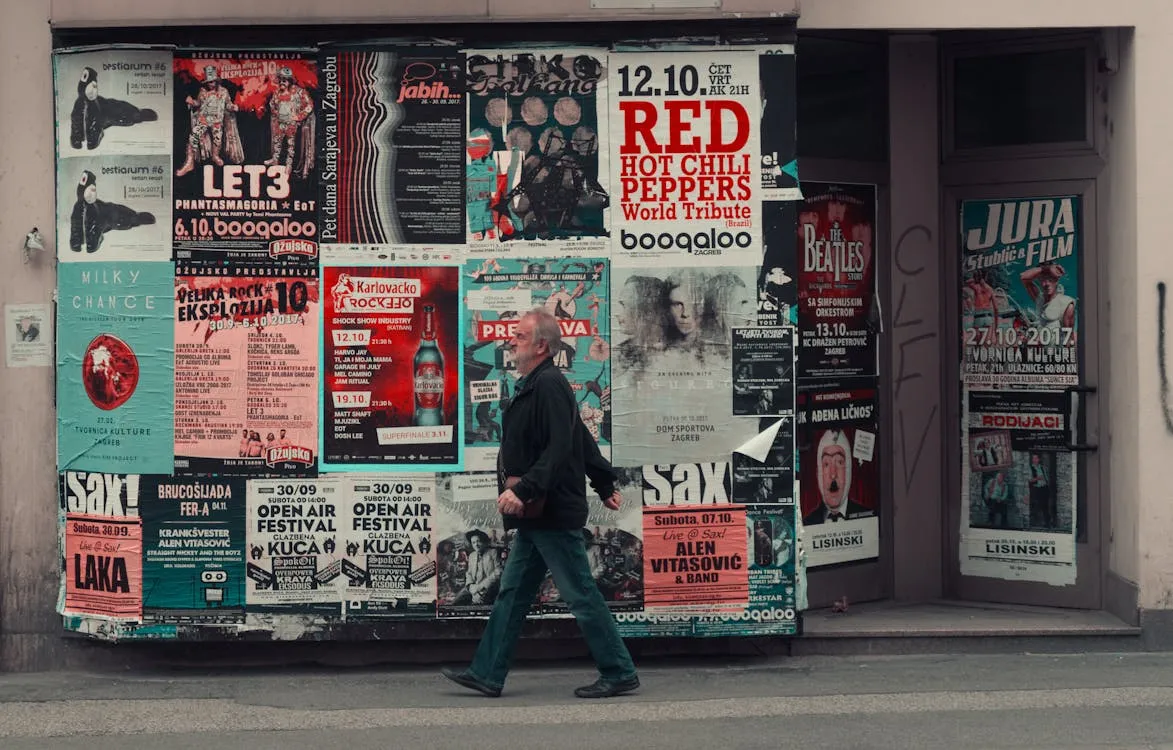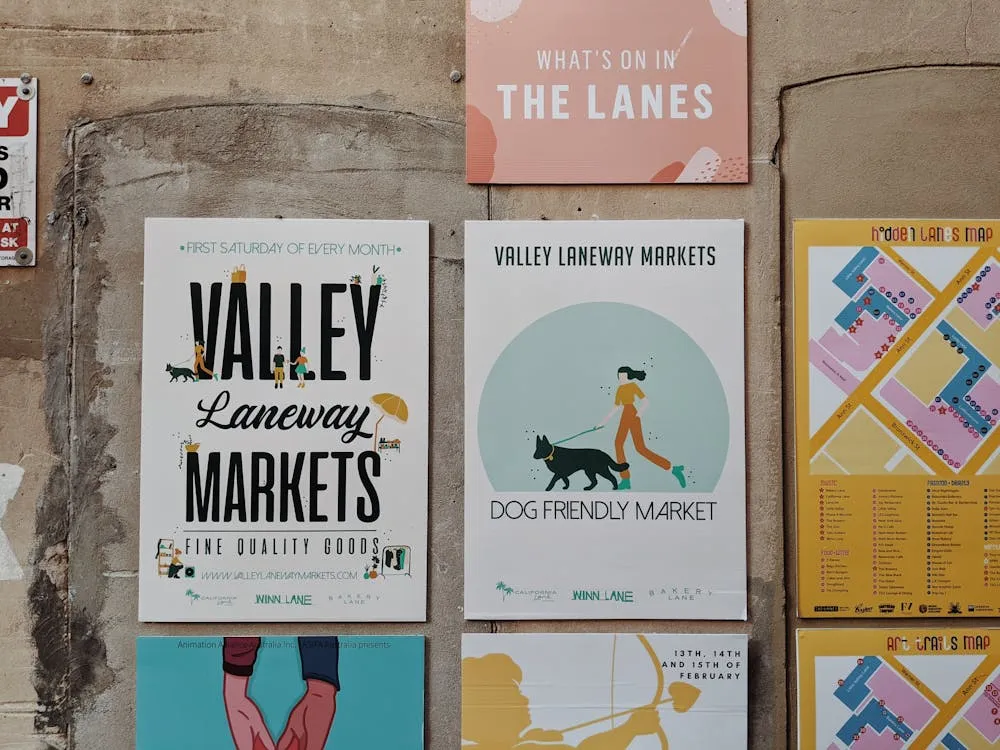
Editorial Disclaimer
This content is published for general information and editorial purposes only. It does not constitute financial, investment, or legal advice, nor should it be relied upon as such. Any mention of companies, platforms, or services does not imply endorsement or recommendation. We are not affiliated with, nor do we accept responsibility for, any third-party entities referenced. Financial markets and company circumstances can change rapidly. Readers should perform their own independent research and seek professional advice before making any financial or investment decisions.
If you’re a small business owner in 2025, chances are you’re constantly told to “go digital or get left behind.” Social media ads, influencer partnerships, and automated email campaigns are all part of the hustle. But here’s the thing: not everything needs to happen on a screen. Print marketing, once considered outdated, is quietly making a case for itself. In fact, for small businesses trying to stand out without blowing their budget, it might be the smartest play on the board.
Of course, most businesses today use some form of digital marketing. But those who stick solely to digital might be overlooking the power of print, and more importantly, how easy it is to access through online printing services that make professional-quality materials more affordable than ever. Pairing digital with physical touchpoints can build trust, spark interest, and keep your business top of mind in a crowded landscape.

Let’s cut to the chase: print isn’t dead because people still love holding things. Whether it’s a well-designed postcard on the fridge, a loyalty card in a wallet, or a menu that doubles as art, it creates a tactile connection you just don’t get with pixels. In an age where attention is fleeting and inboxes are overflowing, the physical nature of print feels refreshingly personal.
There’s also something to be said about credibility. According to surveys, consumers are more likely to trust print ads than online ones. There's less worry about spam, scams, and phishing links. Plus, printed materials stick around. A flyer might sit on a kitchen counter for weeks, while an Instagram Story disappears in 24 hours.
For small businesses, especially, print gives you a chance to look big, without spending big. It’s professional, customizable, and versatile. Think menus for cafes, window decals for boutiques, appointment cards for salons, and packaging inserts for e-commerce shops. You can be as creative or classic as you want.
Print media has evolved, but its core appeal hasn’t changed. These formats continue to deliver real value for small businesses in 2025:
Still among the most budget-friendly print tools, postcards and flyers are great for local promotion. Whether you’re advertising an event, launching a sale, or announcing a move, they’re easy to distribute and simple to design. Add a QR code and you instantly bridge the gap between offline and online.
For small e-commerce businesses, including a thank-you card or discount voucher in your shipment turns a plain delivery into a brand moment. Customers appreciate the personal touch, and it encourages repeat business without additional digital noise.
Yes, people still use them. But in 2025, the best business cards double as conversation pieces, think mini portfolios, scannable QR links to your site, or cards made from unusual materials. They help turn quick intros into lasting impressions.
These are like silent salespeople working 24/7. They let people know who you are and what you do before they even step inside. For foot-traffic-heavy businesses, quality signage is still a game-changer.
Menus still belong in hands, not apps. Brochures still help people understand what you offer. And lookbooks? They’re perfect for showcasing collections in beauty, fashion, or design. Tangible materials give potential clients something to flip through, mark up, or save for later.
One of the best things to happen to print media lately? QR codes made a serious comeback, and they’re not going away. They let you link your print materials to digital destinations like booking pages, video demos, or social profiles. It's the perfect balance: tactile experience + instant access.
Small businesses can use QR codes on:
It’s a seamless, interactive touchpoint that doesn’t rely on apps or complicated tech.
There’s a lot of neuroscience behind why physical materials make more impact. Studies show people are more likely to remember content they read on paper versus screens. Why? Physical interaction. Turning pages, unfolding a brochure, or placing a magnet on the fridge all reinforce memory and trust.
Tactile materials also evoke emotions. A well-textured business card or a thoughtfully folded menu gives your brand a feeling, something digital ads rarely achieve. In an attention economy, those little details give you an edge.
Contrary to popular belief, print marketing doesn’t have to break the bank. When done strategically, it can outperform digital ads in terms of ROI. A single flyer left in the right coffee shop can reach hundreds of eyeballs for less than a penny per impression.
Bulk orders, templated designs, and modern online printing services have made it easier and more cost-effective than ever to produce sleek, professional materials. You can design online, preview your product, and have it shipped straight to your door without hiring an agency or a designer.
This is especially helpful for solopreneurs and brick-and-mortar businesses working with tight margins.
You don’t have to choose between digital and print. The real magic happens when they work together. Here’s how small businesses can create campaigns that span both:
Think of your print materials as an extension of your brand’s personality. Colour choices, paper texture, fonts these all send a message before a word is even read. A high-quality flyer says, “We care about what we put out.” A custom box says, “This brand is polished and professional.”
For new businesses still building name recognition, a smart print presence can make a big impression. For established businesses, print reinforces consistency and credibility.
And unlike a digital ad that vanishes after a scroll, print sticks around. People tuck it in drawers, pin it to bulletin boards, or reuse the packaging. That means more impressions over time, without spending a dime on ongoing views.
While print has tons of potential, here are a few traps to steer clear of:

Small businesses in 2025 don’t need to choose between old-school and new-school marketing. The smartest brands are using both, and using them well.
Print still works because it’s personal. It’s real. It has texture, weight, and staying power. When combined with the reach and speed of digital, it becomes even more powerful.
So go ahead and tweet, post, and email your heart out. But don’t underestimate the power of a beautifully designed print piece. It could be the very thing that turns a maybe into a yes.
If you’re a small business owner in 2025, chances are you’re constantly told to “go digital or get left behind.” Social media ads, influencer partnerships, and automated email campaigns are all part of the hustle. But here’s the thing: not everything needs to happen on a screen. Print marketing, once considered outdated, is quietly making a case for itself. In fact, for small businesses trying to stand out without blowing their budget, it might be the smartest play on the board.
Of course, most businesses today use some form of digital marketing. But those who stick solely to digital might be overlooking the power of print, and more importantly, how easy it is to access through online printing services that make professional-quality materials more affordable than ever. Pairing digital with physical touchpoints can build trust, spark interest, and keep your business top of mind in a crowded landscape.